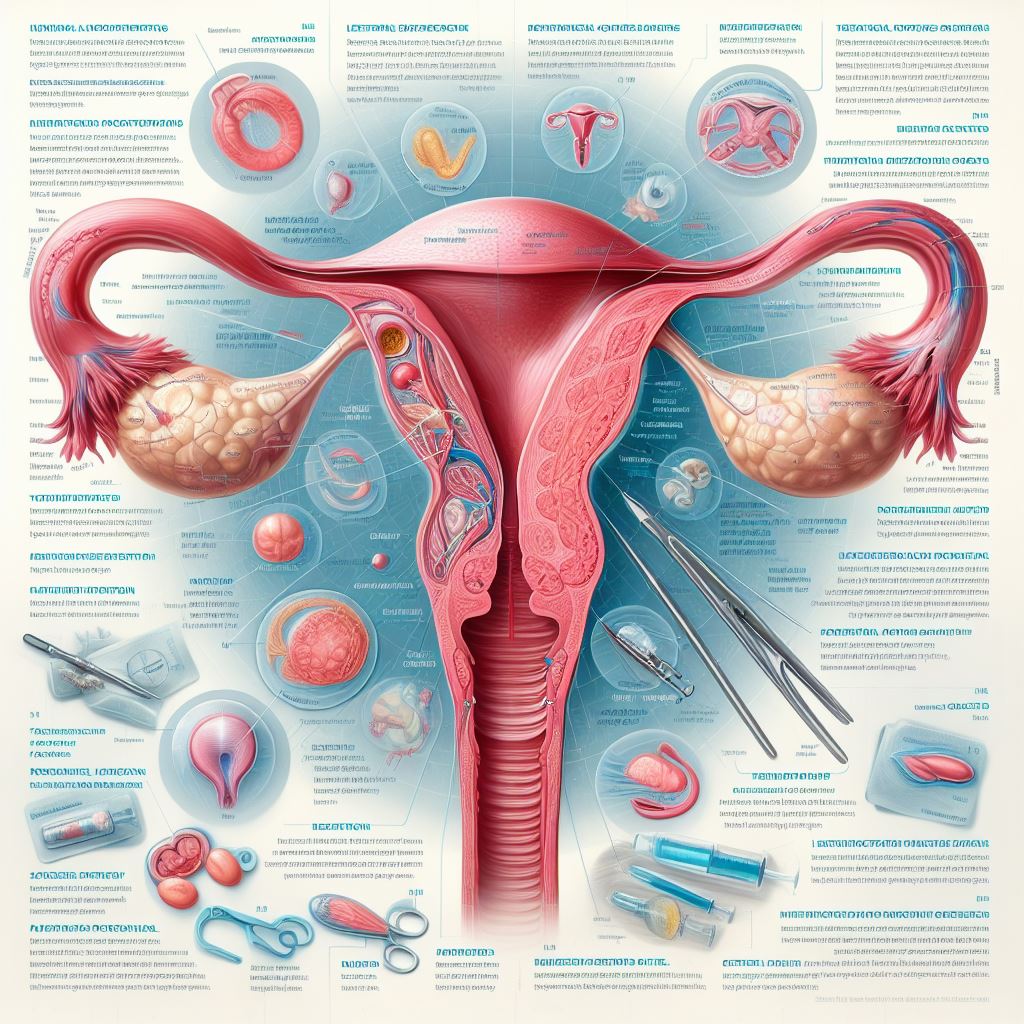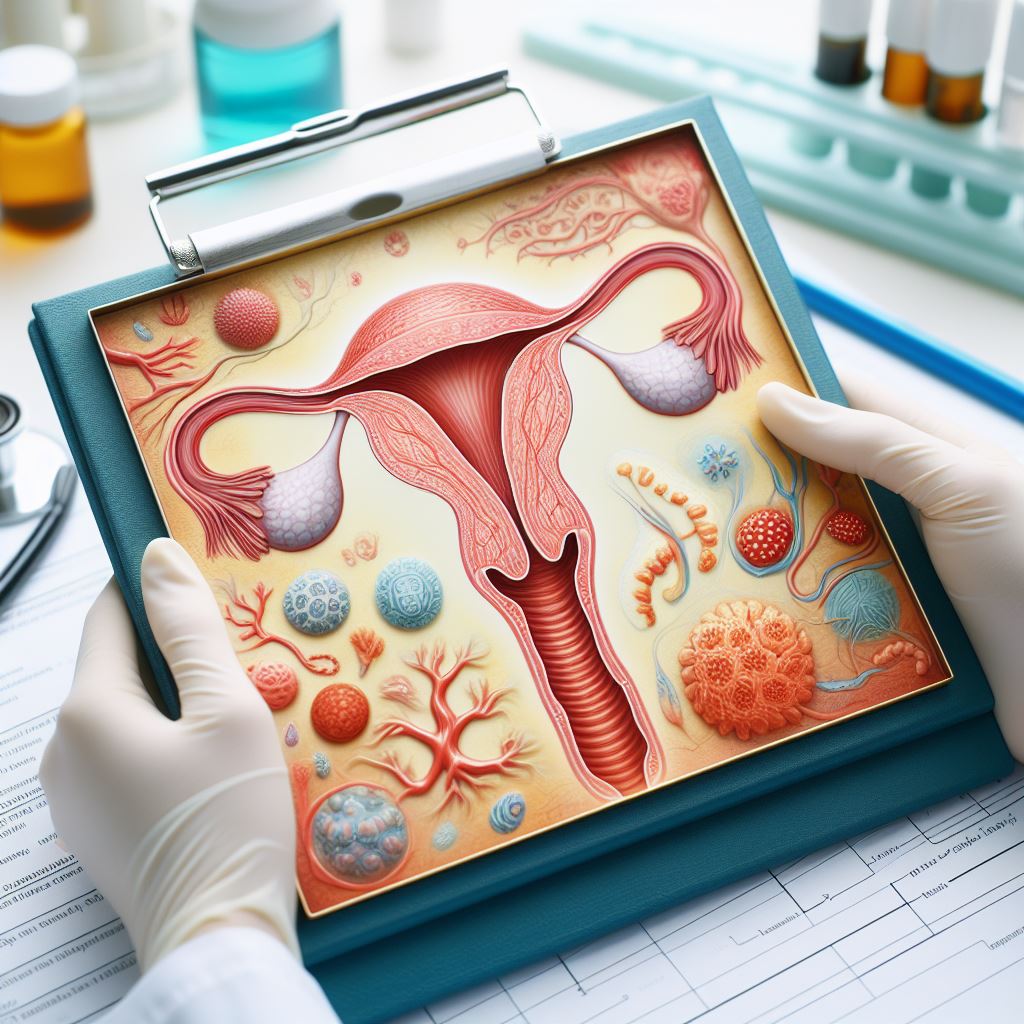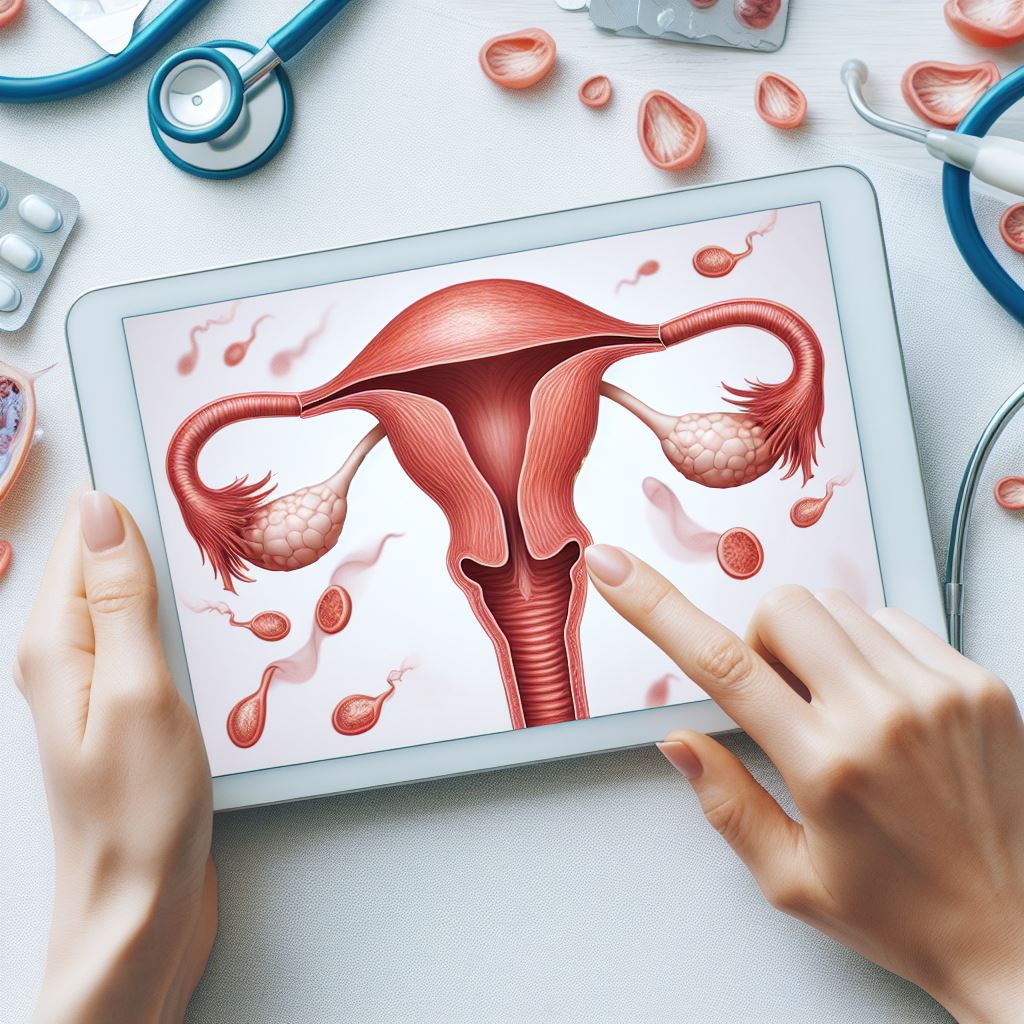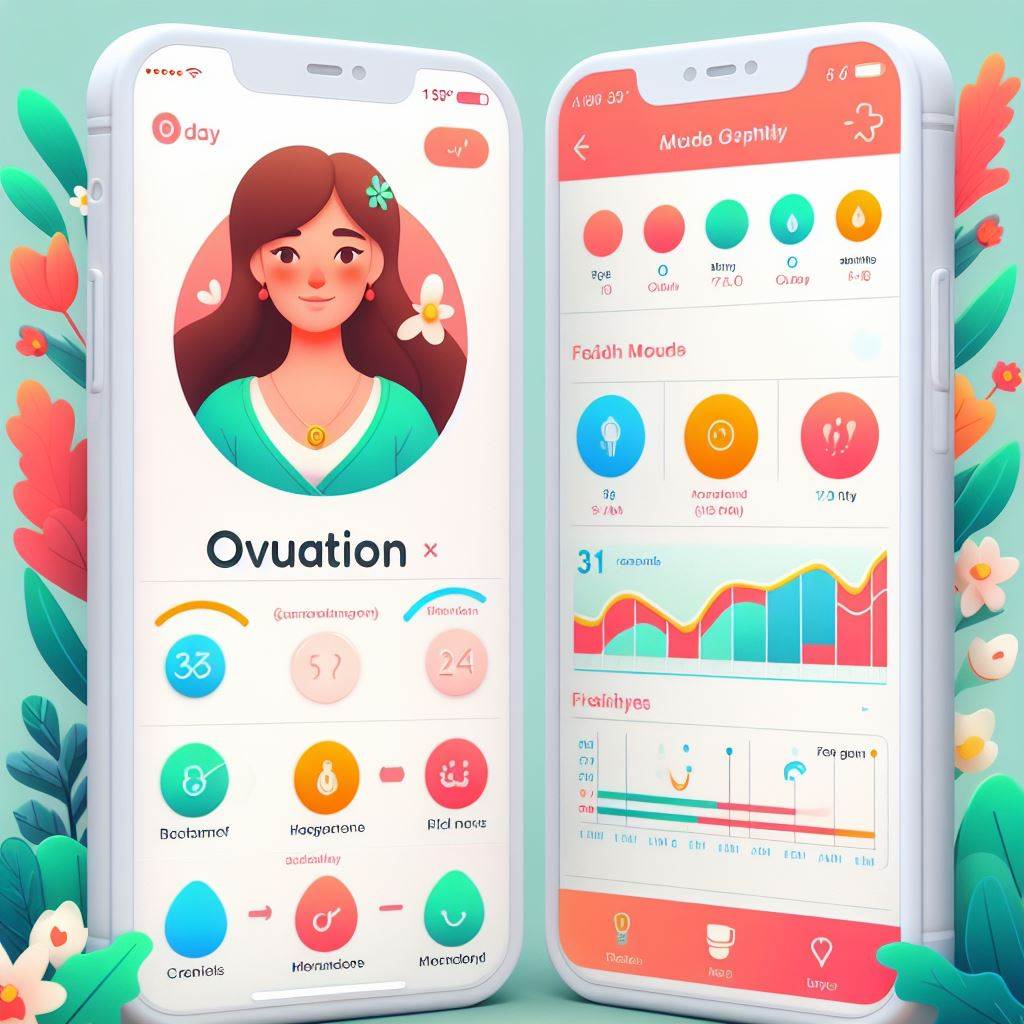Introduction
Infertility can be a challenging and emotional journey for many women. In some cases, reproductive surgeries become a consideration in the quest for parenthood. This blog aims to provide women facing fertility problems with valuable information about reproductive surgeries and the potential risks associated with them. Let’s dive into the world of reproductive health and infertility treatments.
Infertility can be an incredibly distressing experience for couples who dream of starting a family. In Europe, where the user is based, many women find themselves facing fertility problems at some point in their lives. Fortunately, advances in medical science have opened up various avenues for addressing infertility, including reproductive surgeries. In this comprehensive guide, we will explore the world of reproductive surgeries, shedding light on their potential benefits and the associated risks. If you or someone you know is struggling with fertility issues, this information can be invaluable.
Understanding Reproductive Surgeries
Reproductive surgeries encompass a wide range of procedures designed to address various issues within the female reproductive system. These surgeries can target specific concerns such as blocked fallopian tubes, uterine fibroids, endometriosis, or ovarian cysts. It’s crucial to consult with a reproductive specialist who can recommend the most appropriate surgical intervention based on your unique situation.
When it comes to fertility problems, a proper diagnosis is the first step toward finding a solution. Reproductive surgeons play a vital role in this process, as they are skilled in identifying and addressing anatomical issues that may hinder conception. Let’s take a closer look at some common reproductive surgeries and how they can help improve fertility.
Common Reproductive Surgeries
1. Laparoscopy: Laparoscopy is a minimally invasive surgical procedure that has revolutionized the field of reproductive medicine. It involves making small incisions in the abdomen through which a tiny camera and surgical instruments are inserted. This allows the surgeon to visualize the pelvic organs and address various issues.
During laparoscopy, a surgeon can examine and treat conditions like endometriosis, ovarian cysts, and blocked fallopian tubes. Endometriosis, a condition where the tissue lining the uterus grows outside it, can be a significant contributor to infertility. Laparoscopy can help diagnose and remove endometrial implants, potentially improving fertility.
2. Hysteroscopy: Hysteroscopy is another minimally invasive procedure that focuses on the inside of the uterus. A thin, lighted tube with a camera is inserted through the cervix into the uterus. This allows the surgeon to visualize the uterine cavity and identify any abnormalities.
Uterine abnormalities such as polyps, fibroids, or adhesions (scar tissue) can interfere with implantation and pregnancy. Hysteroscopy can be used both for diagnosis and treatment. In some cases, these abnormalities can be removed during the same procedure, potentially enhancing fertility.
3. Myomectomy: Uterine fibroids are noncancerous growths of the uterus that can affect fertility. Myomectomy is a surgical procedure specifically designed to remove fibroids while preserving the uterus. It can be an option for women who wish to maintain their reproductive capabilities.
Myomectomy can improve fertility by eliminating fibroids that may block the fallopian tubes, interfere with the implantation of the embryo, or disrupt the blood flow to the uterus. By addressing these issues, this surgery can enhance the chances of successful conception and pregnancy.
4. Tubal Reversal Surgery: Tubal ligation is a common method of permanent contraception. However, circumstances change, and some women may decide to reverse the procedure to pursue pregnancy. Tubal reversal surgery, also known as tubal reanastomosis, aims to reconnect the fallopian tubes that were previously sealed or cut during tubal ligation.
This procedure can provide women with a second chance at conceiving naturally. It’s essential to consult with a reproductive surgeon experienced in tubal reversal to assess the feasibility of the procedure in individual cases.
Infertility Risks Associated with Reproductive Surgeries
While reproductive surgeries can offer hope for improved fertility, they also carry certain risks. It’s essential for women to be informed about these potential complications:
1. Infection and Scarring: Like any surgical procedure, reproductive surgeries come with the risk of infection and scarring. Infections can occur at the incision sites or within the pelvic cavity. Scar tissue, known as adhesions, may form inside the body as a natural part of the healing process.
Infections can be managed with antibiotics, but adhesions can sometimes cause long-term issues. For example, adhesions may bind organs together, potentially affecting their function and causing pain. While the risk of infection is relatively low with modern surgical techniques, adhesions are a common concern.
It’s important to note that the severity of scarring can vary widely between individuals and may depend on factors such as surgical technique and the body’s healing response.
2. Ectopic Pregnancy: Ectopic pregnancy is a condition in which a fertilized egg implants and begins to develop outside the uterus, usually in one of the fallopian tubes. It is a serious and potentially life-threatening condition that requires immediate medical attention.
Some reproductive surgeries, particularly those involving the fallopian tubes, can increase the risk of ectopic pregnancy. This is because the surgery may alter the structure or function of the tubes, making it more difficult for the fertilized egg to travel to the uterus.
While the risk of ectopic pregnancy after reproductive surgery is relatively low, it’s essential for women to be aware of the symptoms, such as abdominal pain and vaginal bleeding, and seek prompt medical evaluation if they suspect an ectopic pregnancy.
3. Adverse Effects on Ovarian Reserve: Ovarian reserve refers to the quantity and quality of a woman’s remaining eggs. It is an important factor in fertility, as it directly impacts a woman’s ability to conceive naturally and respond to fertility treatments.
Some reproductive surgeries, such as ovarian cystectomy (removal of ovarian cysts), may inadvertently harm ovarian tissue and reduce ovarian reserve. This can potentially lead to a decrease in fertility or even premature menopause in some cases.
While the risk of significant harm to ovarian reserve is relatively low, it’s a consideration for women undergoing surgery near the ovaries. Fertility preservation options, such as egg freezing, may be discussed with patients before surgery, especially if there are concerns about the impact on ovarian function.
4. Postoperative Pain and Recovery: Every surgical procedure involves a period of recovery, during which patients may experience discomfort or pain. The duration and intensity of postoperative pain can vary based on the type of surgery performed and individual factors.
Laparoscopy and hysteroscopy are generally associated with shorter recovery times and less postoperative pain compared to more invasive procedures like myomectomy. It’s important for patients to follow their surgeon’s postoperative care instructions to minimize discomfort and promote healing.
Pain management options, including over-the-counter or prescription medications, may be recommended as part of the recovery process. Additionally, patients should be aware of potential complications such as infection or excessive bleeding and seek medical attention if they occur.
Alternative Approaches to Addressing Infertility
In addition to reproductive surgeries, there are alternative approaches to consider when dealing with fertility problems. These options can offer hope and potential solutions for women facing challenges in conceiving a child. Let’s explore these alternatives in more detail:
1. Fertility Medications: Fertility medications, such as Clomid (clomiphene citrate) and Letrozole, are commonly prescribed by reproductive specialists to stimulate ovulation. These medications work by regulating hormonal imbalances that may be contributing to infertility.
Clomid, for example, is often used to induce ovulation in women with irregular menstrual cycles or anovulation (lack of ovulation). It encourages the release of mature eggs from the ovaries, increasing the chances of conception. This approach is non-invasive and typically involves a straightforward medication regimen.
It’s important to note that while fertility medications can be effective in many cases, they may come with side effects like hot flashes and mood swings. Monitoring during treatment is essential to ensure the appropriate response to medication and minimize the risk of multiple pregnancies.
2. Intrauterine Insemination (IUI): Intrauterine insemination is a fertility treatment that involves the direct placement of prepared sperm into the uterus during the woman’s fertile window. This procedure is often recommended when there are mild male factor issues, unexplained infertility, or cervical factors affecting sperm transport.
IUI is a less invasive option compared to in vitro fertilization (IVF) and can be a viable choice for couples looking for a more conservative approach to assisted reproduction. It is typically combined with fertility medications to enhance the chances of success.
The process involves monitoring the woman’s menstrual cycle, determining the optimal time for insemination, and introducing washed and concentrated sperm directly into the uterine cavity. IUI reduces the distance that sperm must travel to reach the egg, increasing the likelihood of fertilization.
3. In Vitro Fertilization (IVF): In vitro fertilization is a highly effective assisted reproductive technology that has helped countless couples achieve their dream of parenthood. It is often considered when other treatments have not been successful, or when there are more complex fertility issues involved.
IVF involves a series of steps, including ovarian stimulation, egg retrieval, fertilization in a laboratory setting, and embryo transfer back into the uterus. It offers a high degree of control and precision in the conception process.
While IVF is a more invasive and costly option compared to other treatments, it has a proven track record of success. It can be particularly beneficial for women with blocked fallopian tubes, severe endometriosis, male factor infertility, or unexplained infertility. The ability to screen embryos for genetic abnormalities through preimplantation genetic testing (PGT) is another advantage of IVF.
IVF treatments can be tailored to the specific needs of each patient, and success rates have continued to improve over the years due to advancements in technology and medical expertise.
4. Fertility Preservation: For women facing medical conditions or treatments that may impact their future fertility, fertility preservation options are available. These techniques allow women to preserve their eggs or ovarian tissue for use in the future.
Egg freezing, or oocyte cryopreservation, is a method in which a woman’s eggs are retrieved, frozen, and stored for future use. This can be a proactive step for women who wish to delay childbearing for personal or medical reasons, such as cancer treatment.
Ovarian tissue preservation involves removing and freezing a portion of a woman’s ovarian tissue. This technique is still considered experimental but may be an option for young women facing cancer treatments that could harm their ovaries.
Fertility preservation offers hope for women who want to safeguard their reproductive options while facing circumstances that may threaten their fertility.
Conclusion
Reproductive surgeries can be a valuable tool in the journey to overcome infertility, but they are not without risks. Women facing fertility problems should thoroughly discuss their options with a healthcare professional, weighing the benefits and potential drawbacks of surgical interventions. Remember, the path to parenthood is unique for each individual, and there are various approaches available to help you achieve your dream of having a child.
Exploring alternative treatments such as fertility medications, intrauterine insemination (IUI), in vitro fertilization (IVF), and fertility preservation can provide additional avenues for hopeful parents. The choice of the most suitable approach should be based on a comprehensive evaluation by a reproductive specialist, taking into account individual medical history, age, and specific fertility challenges.
In your journey to overcome fertility problems, it’s essential to have a supportive healthcare team guiding you through the options and offering personalized solutions. Never hesitate to seek a second opinion or additional information to make informed choices on your path to parenthood. Remember that hope and perseverance are often the driving forces behind successful journeys to conception and a healthy pregnancy.






